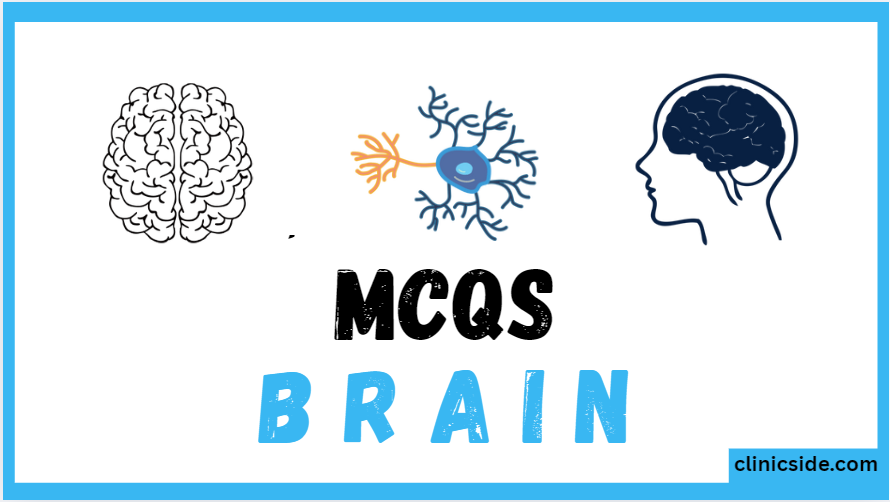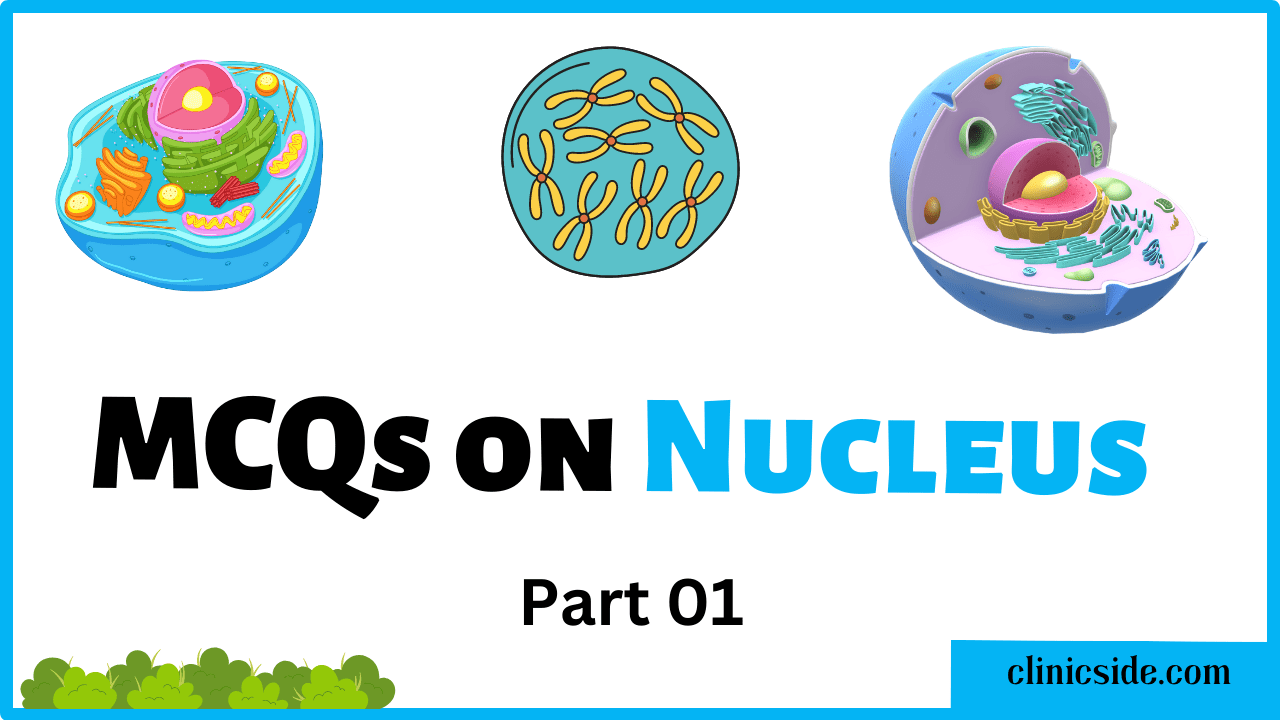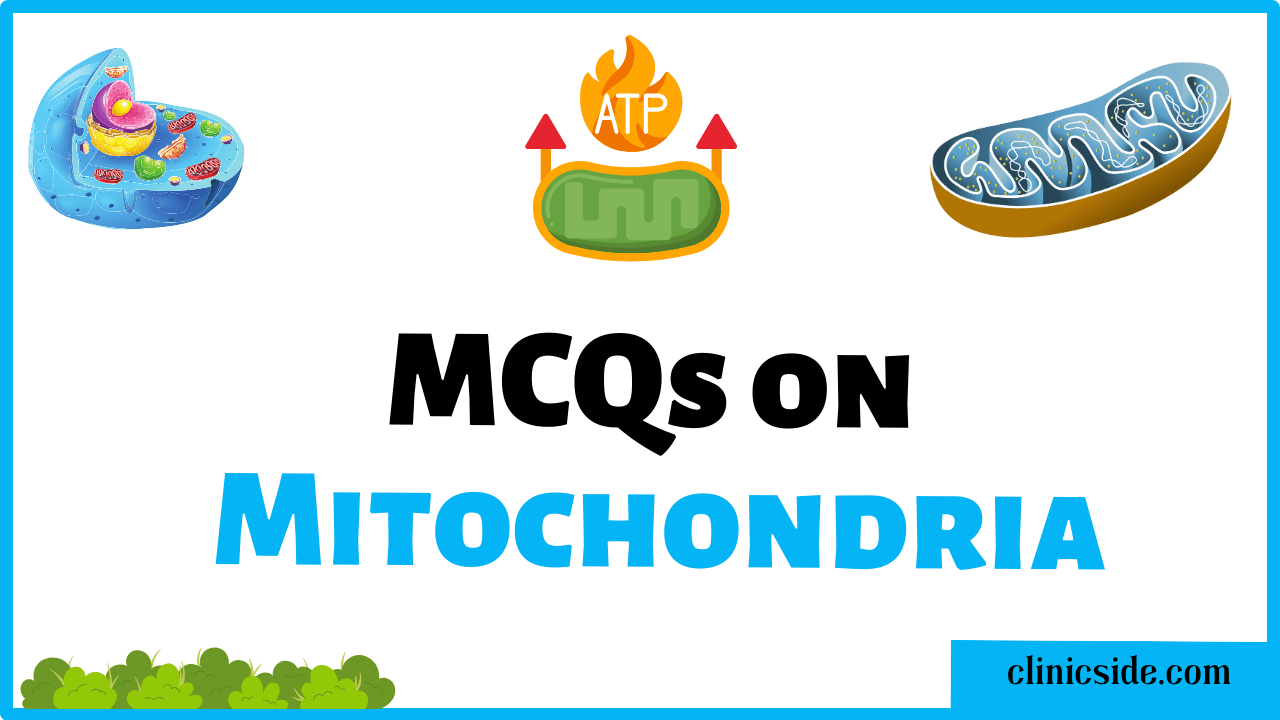The Central Nervous System Brain is the most vital and intricate organ system in the human body. Acting as the central command center, it controls every conscious and unconscious function — from thinking and memory to heartbeat and muscle coordination. Understanding the Central Nervous System Brain helps us appreciate how the body communicates, reacts, and maintains balance.
Quiz
Available options: 1 to 20
Understanding the Central Nervous System – Brain
The Central Nervous System Brain consists of two main components — the brain and the spinal cord. Together, they form the body’s communication network, transmitting electrical signals at incredible speeds. The Central Nervous System Brain interprets sensory information (like sound, touch, and sight), processes it, and sends appropriate responses to muscles and organs.
Without the Central Nervous System Brain, coordination, movement, and even survival would be impossible. Every emotion, thought, or reflex we experience is rooted in this system.
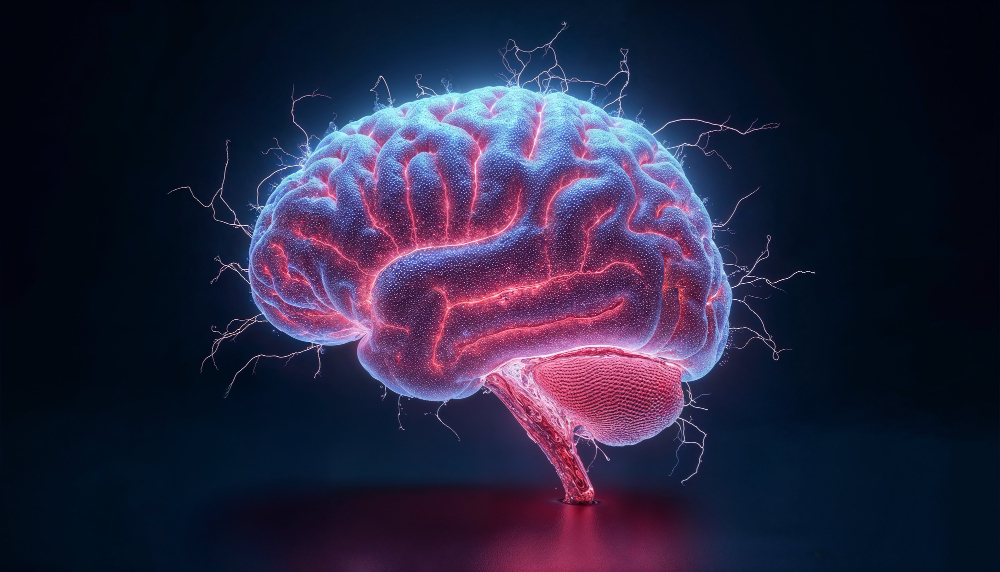
Detailed Brain Anatomy
The human brain is composed of billions of neurons, forming networks that enable thinking, sensation, and control. It weighs about 1.4 kilograms and is divided into three main regions, each with unique roles:
1. Forebrain (Prosencephalon)
The forebrain is the largest and most developed part of the Central Nervous System Brain. It controls reasoning, emotions, memory, and voluntary actions.
Major Structures:
- Cerebrum:
The cerebrum makes up about 85% of the brain’s weight. It is divided into left and right hemispheres connected by the corpus callosum. The cerebrum is responsible for conscious thought, speech, learning, and decision-making. - Thalamus:
Acts as a relay station, transmitting sensory and motor signals to the cerebral cortex. - Hypothalamus:
Maintains homeostasis by regulating temperature, hunger, thirst, and hormones. - Limbic System:
Includes structures like the amygdala and hippocampus, which are essential for emotions, learning, and memory. The hippocampus, in particular, helps form long-term memories — a vital function of the Central Nervous System Brain.
2. Midbrain (Mesencephalon)
The midbrain connects the forebrain and hindbrain. It controls reflexes related to vision and hearing and assists in motor movement.
Main Structures:
- Tectum and Tegmentum:
Help coordinate eye movement, auditory responses, and muscle control. - Substantia Nigra:
Produces dopamine and plays a major role in movement control — damage here can lead to Parkinson’s disease.
3. Hindbrain (Rhombencephalon)
The hindbrain manages vital body functions and balance.
Key Parts:
- Cerebellum:
Coordinates movement, posture, and balance. It receives information from the sensory system and fine-tunes motor activity. - Pons:
Acts as a bridge connecting different parts of the brain. It regulates breathing and sleep cycles. - Medulla Oblongata:
Controls involuntary activities like heartbeat, blood pressure, and digestion.
The brainstem (which includes the midbrain, pons, and medulla) ensures communication between the brain and spinal cord — a critical role of the Central Nervous System Brain.
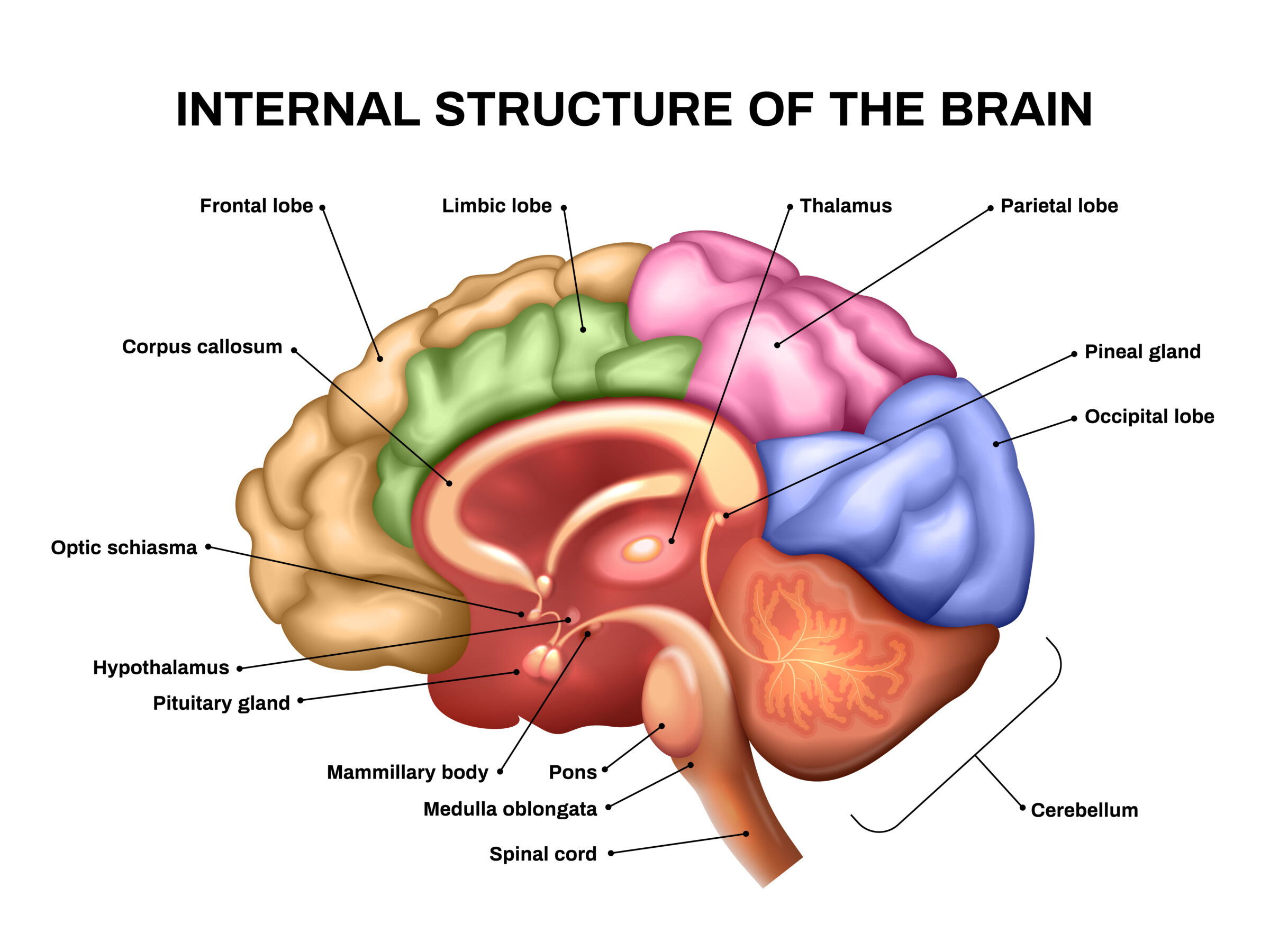
How the Central Nervous System Brain Works
The Central Nervous System Brain operates through electrochemical signals. Neurons send impulses across synapses to transfer messages quickly. These electrical signals allow the brain to process input and deliver commands almost instantly.
For example, if you touch something hot, the Central Nervous System Brain interprets the pain signal and sends a response telling your hand to pull away — all within milliseconds.
Lobes of the Brain
The cerebral cortex, the outer layer of the cerebrum, is divided into four major lobes — each with specialized functions within the Central Nervous System Brain:
- Frontal Lobe: Controls thinking, planning, problem-solving, and speech.
- Parietal Lobe: Processes touch, temperature, and spatial awareness.
- Temporal Lobe: Handles hearing, language comprehension, and memory.
- Occipital Lobe: Manages vision and visual interpretation.
This structural division enables the Central Nervous System Brain to multitask efficiently and maintain control over all bodily functions.
Protective Layers of the Brain
The Central Nervous System Brain is protected by several crucial layers:
- Skull: A hard bony structure that shields against physical injury.
- Meninges: Three membranes — dura mater, arachnoid mater, and pia mater — that provide cushioning.
- Cerebrospinal Fluid (CSF): A clear liquid that surrounds the brain and spinal cord, acting as a shock absorber and nutrient carrier.
These protective structures ensure that the Central Nervous System Brain remains safe from mechanical and chemical damage.
Common Disorders of the Central Nervous System Brain
Several conditions can impair the Central Nervous System Brain, including:
- Stroke: Interrupted blood flow causes brain cell death.
- Alzheimer’s Disease: Leads to memory loss and cognitive decline.
- Parkinson’s Disease: Affects movement and coordination.
- Epilepsy: Causes abnormal electrical activity, leading to seizures.
- Multiple Sclerosis: Damages the myelin sheath of nerve fibers.
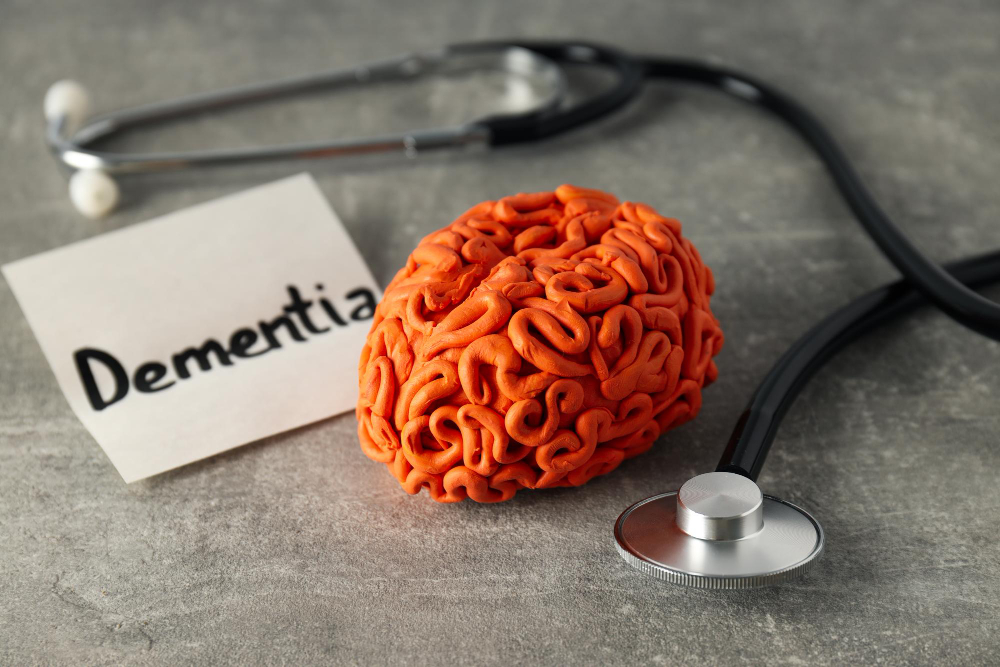
Maintaining a Healthy Central Nervous System Brain
To keep the Central Nervous System Brain functioning at its best:
- Eat brain-healthy foods like fish, nuts, fruits, and leafy greens.
- Exercise regularly to improve blood circulation.
- Sleep adequately, as the brain restores itself during rest.
- Reduce stress through meditation and mindfulness.
- Stay mentally active with puzzles, reading, or learning new skills.
Conclusion
The Central Nervous System Brain is the foundation of human intelligence, emotion, and movement. Its complex anatomy — from the cerebrum to the brainstem — showcases how intricately our bodies are designed. By understanding the Central Nervous System Brain, we not only grasp how life functions but also learn how to protect this extraordinary organ for lifelong health and performance.

